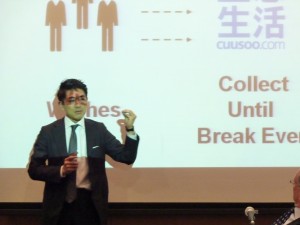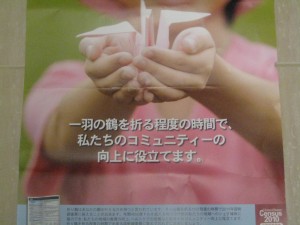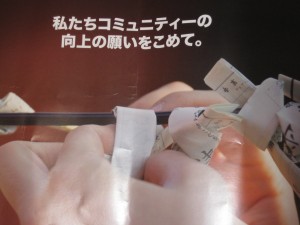So it’s about that time of year where students are thinking about and preparing for the JLPT (The Japanese Proficiency Exam). Preparing for the exam this year will be different than last year, there have been a lot of changes to the exam. This article explores the Japanese proficiency exam with personal accounts of past failures and successes, and how this relates to the JLPT 2010.
For those readers who are not sure what I’m talking about by the “1-kyu” in the title of this article, there are 5 levels of the Japanese proficiency exam in 2010. 5-kyu is the beginner level, where as 1-kyu is the highest level.
Last year’s 1-kyu exam was quite difficult. It’s actually rumored that the Japanese proficiency exam is harder every “odd year”, and easier on the even years. The listening section in particular on the 1-kyu exam was much more difficult than the practice listening sections in textbooks, even though they tried to make it funny and interesting by adding an anime scene at the end of the test. The grammar section was also more difficult than it needed to be, having a variety of grammar structures included from the 2-kyu, and probably even 3-kyu structures.
The point of talking about the 1-kyu 2009 before moving to the JLPT and 1-kyu 2010 is don’t be textbook focused in your studies. The 1-kyu exam has a wide variety of 2-kyu grammar, insanely hard listening sections, and readings that fit much better in with a newspaper than a typical “1-kyu readings book.” When studying textbooks, you should use them to memorize grammar patterns and how the listening questions are structured. Then for real hard preparation for 1-kyu immerse yourself in Japanese by reading newspapers and novels, listening to Japanese podcasts and music, and of course watching movies and dramas.
Now for the rest of the Japanese test takers (5-kyu to 2-kyu) textbook focused studying is probably your best bet. Also if you’re really serious find a Japanese teacher who can teach you, check your progress, and also have enough English background to translate properly for you. Understanding the grammar patterns, especially with their English applications, makes it easier to memorize what you need to know and do well on the exam.
So in short, for 1-kyu studiers please don’t forget your real world language resources for studying Japanese. This might also be a good lesson for the other levels as well, although probably less so. For 2-kyu and below, focusing on the textbooks for the JLPT and having a teacher / Japanese class you’re attending should be a recipe for success.
PS – PLEASE BE AWARE if you’re reading this article now and you haven’t started studying for the JLPT, you must start studying asap. Build a regiment, study every weekend or at least 2-3 times a week, and don’t forget to include in your studies reading, vocab, and listening.





